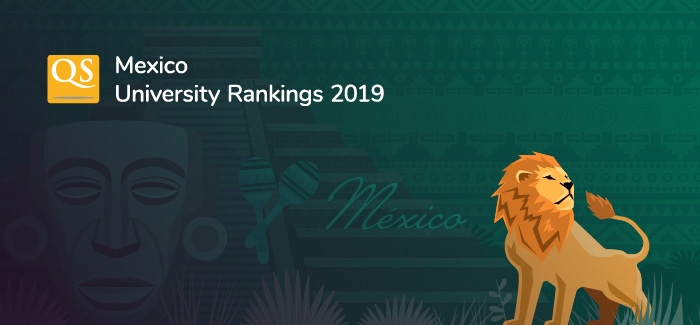This year’s edition of the QS University Rankings: Arab Region, released today, sees Saudi Arabian universities maintain their lead, despite a sustained challenge from institutions in the United Arab Emirates. Saudi Arabia’s King Fahd University of Petroleum & Minerals holds onto the top spot, with Lebanon’s American University of Beirut also retaining second place.
Saudi Arabia is home to 19 of the 100 institutions featured, followed by Egypt with 15. When considering only the top 50, however, the United Arab Emirates is on a par with Saudi Arabia – each has 10 institutions ranked at this level.
Meanwhile, the very top of the table is relatively unchanged year-on-year – with the exception of Qatar University’s climb from 11th to 9th; this pushes Cairo University into 10th and displaces Jordan University of Science and Technology, now 13th.
Top 10 Universities in the Arab RegionBased on the QS University Rankings: Arab Region 2016 | |||
2016 | 2015 | Institution | Country |
1 | 1 | ||
2 | 2 | ||
3 | 3 | Saudi Arabia | |
4 | 4 | Saudi Arabia | |
5 | 5 | ||
6 | 6 | ||
7 | 7 | United Arab Emirates | |
8 | 8 | Jordan | |
9 | 11 | ||
10 | 9 | Egypt | |
First published in 2014, the QS University Rankings: Arab Region has been extended this year to cover just under 200 universities in the region (previously 150). A total of 17 countries are represented, with Somalia and Libya now appearing for the first time, following the expansion of the published range.
The ranking is compiled using nine performance indicators, reflecting academic reputation, employer reputation, faculty/student ratio, online impact, proportion of staff with a PhD, research publications, citations per paper, and proportion of international faculty and students. The full methodology can be reviewed here, and the published results can be sorted based on each individual indicator.



